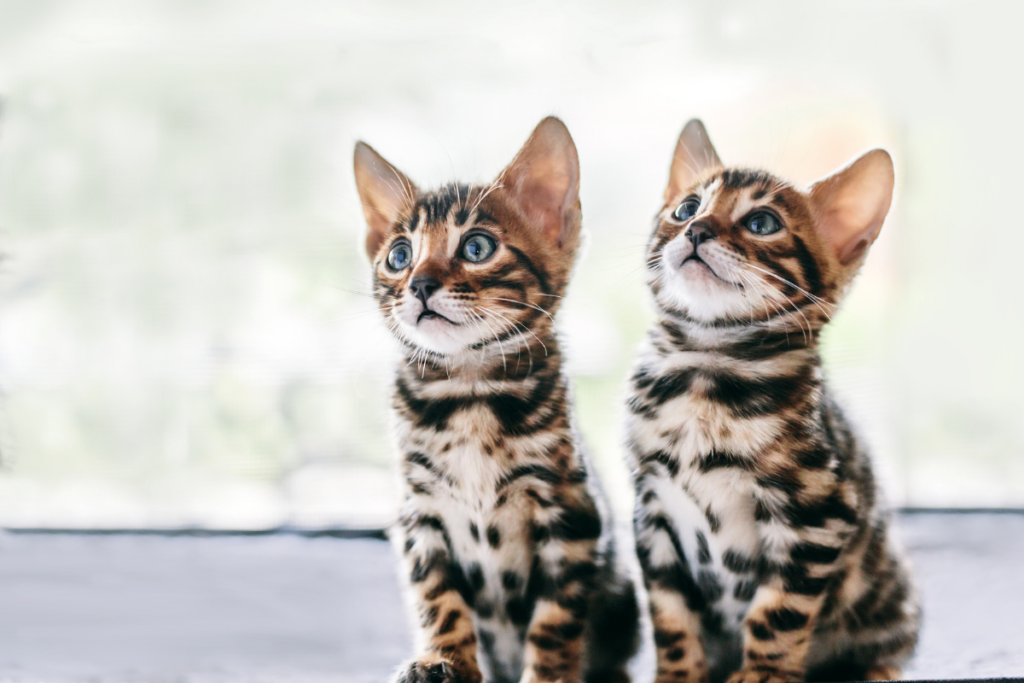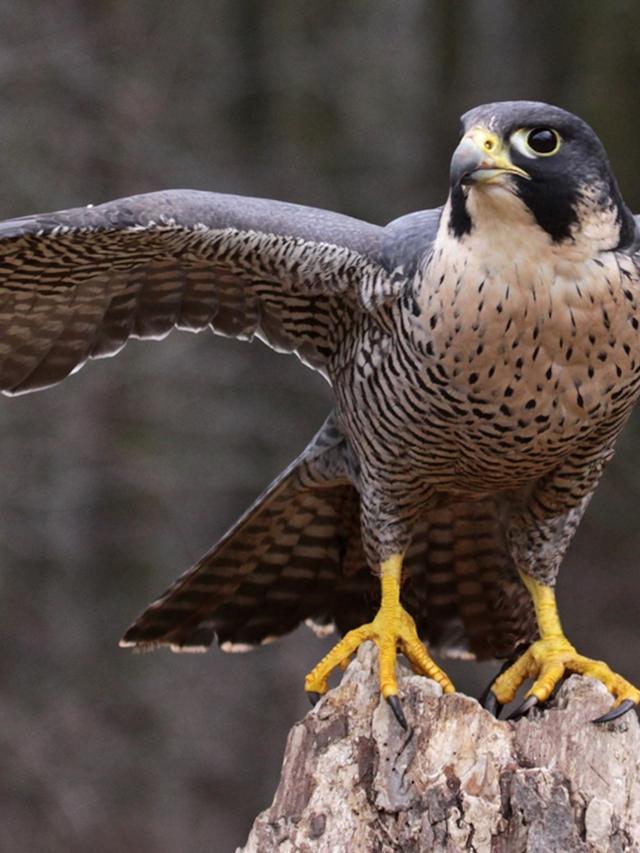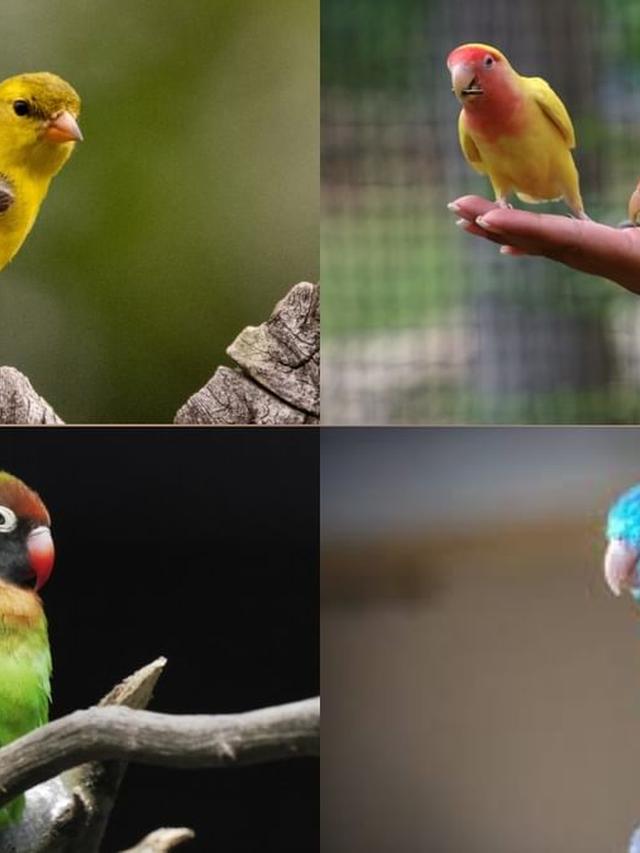Domestic cats, beloved companions to millions worldwide, inhabit a rich and diverse world that spans history, geography, and behavior.
From the regal Maine Coon to the sleek Siamese, these feline friends captivate us with their grace, independence, and sometimes quirky personalities.
This article explores the fascinating diversity within the world of domestic cats, shedding light on their origins, breeds, and unique traits that make them such cherished pets.
Origins and Evolution

Cats have walked alongside humans for thousands of years, tracing their origins back to ancient times when they first made themselves useful by controlling rodent populations around early human settlements.
Unlike dogs, which were domesticated for specific tasks like hunting or herding, cats largely domesticated themselves, drawn to the warmth and safety of human dwellings.
This gradual coexistence led to a mutually beneficial relationship where cats provided pest control while humans offered food and shelter.
Historically, the domestic cat (Felis catus) descended from the African wildcat (Felis silvestris lybica), a species still found across parts of Africa and the Middle East today.
The process of domestication occurred independently in various regions, leading to the diverse genetic pool we see in modern domestic cats.
The World of Cat Breeds

One of the most striking aspects of domestic cats is the sheer variety of breeds available today.
From the fluffy Persian to the athletic Abyssinian, each breed has its own distinct appearance, temperament, and care requirements.
The Cat Fanciers’ Association (CFA) recognizes over 40 distinct breeds, each with its own standards for size, coat color, and pattern.
1. Persian: Known for its luxurious long coat and gentle demeanor, the Persian cat is a favorite among those who appreciate its elegant appearance and calm nature.
2. Siamese: With striking blue almond-shaped eyes and a sleek body, the Siamese cat is vocal and social, often forming strong bonds with its human companions.
3. Maine Coon: Hailing from the northeastern United States, the Maine Coon is one of the largest domesticated cat breeds, characterized by its tufted ears, bushy tail, and friendly disposition.
4. Abyssinian: Agile and active, the Abyssinian sports a short, ticked coat that gives it a wild appearance, echoing its ancestors’ origins in the African wildcat.
5. Scottish Fold: Recognizable by its folded ears, which give it a distinctive owl-like appearance, the Scottish Fold is known for its affectionate nature and playful personality.
These breeds represent just a fraction of the diversity found among domestic cats, each contributing to the tapestry of feline companionship worldwide.
Cat Behavior and Communication

Understanding cat behavior is key to nurturing a strong bond with these enigmatic creatures.
Cats communicate through a complex language of vocalizations, body language, and scent marking.
Purring, for example, is often associated with contentment but can also signal pain or distress in some contexts.
Tail position and ear orientation provide further insights into a cat’s mood and intentions, helping attentive owners respond appropriately to their needs.
Cats are natural hunters, displaying behaviors such as stalking, pouncing, and play-fighting from a young age.
These instincts remain strong even in domestic settings, where cats may engage in mock hunts with toys or exhibit prey-like behavior towards small objects.
Health and Care
Proper care is essential to ensuring the health and well-being of domestic cats.
Regular veterinary check-ups, vaccinations, and parasite control help prevent common illnesses and ensure early detection of any health issues.
Nutrition tailored to a cat’s age and activity level, along with sufficient exercise and mental stimulation, supports their overall health and happiness.
Grooming requirements vary among breeds, with long-haired cats like Persians needing daily brushing to prevent matting, while short-haired breeds such as the Siamese require less frequent grooming.
Maintaining clean litter boxes and providing scratching posts helps satisfy a cat’s natural behaviors while promoting a harmonious household environment.
Cultural and Symbolic Significance
Beyond their role as pets, cats hold cultural and symbolic significance in many societies.
Ancient Egyptians revered cats as symbols of grace and divine protection, associating them with the goddess Bastet.
In Japanese culture, the beckoning cat or Maneki-neko is believed to bring good luck and prosperity to its owner, further highlighting the enduring allure of cats across different cultures.
In literature and art, cats have been depicted as mysterious and independent creatures, inspiring countless stories, poems, and paintings that celebrate their beauty and mystique.
From T.S. Eliot’s whimsical poems in “Old Possum’s Book of Practical Cats” to the iconic Cheshire Cat in Lewis Carroll’s “Alice’s Adventures in Wonderland,” cats continue to capture imaginations and hearts worldwide.
Conclusion
Domestic cats occupy a unique and cherished place in our lives, offering companionship, comfort, and endless entertainment with their playful antics and distinctive personalities.
Whether curled up on a sunny windowsill or prowling through the house in search of adventure, cats remind us of the ancient bond between humans and animals and the enduring magic of feline companionship.
As we continue to appreciate and care for these fascinating creatures, we celebrate the diverse world of domestic cats and the joy they bring to countless homes around the globe.
This article aims to capture the essence of domestic cats, from their historical significance to their varied breeds and behaviors, providing a comprehensive overview of why they are such beloved companions in households worldwide.






